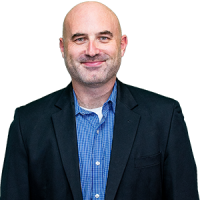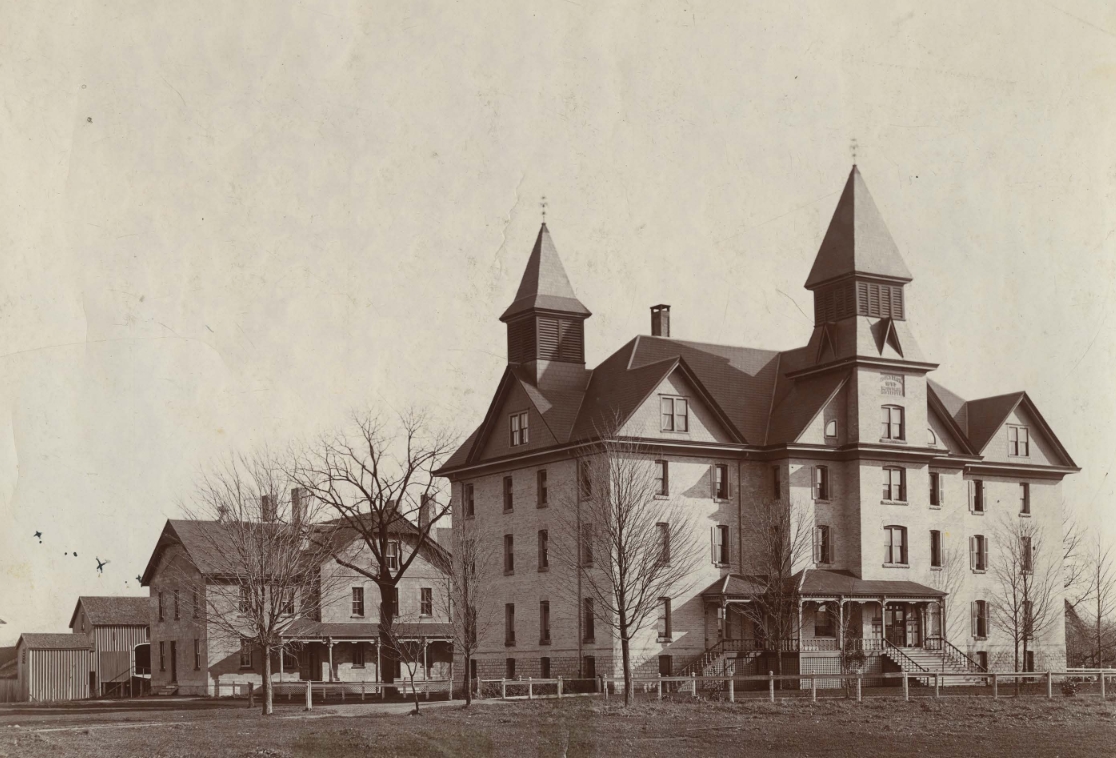The Chief of the Association Of Iroquois & Allied Indians said that while Ontario’s $10-million announcement is a good start, it’s a small portion of what is needed to uncover all the unmarked graves at residential schools.

“It’s a good gesture for sure, and it’s going to be appreciated, but the reality is the amounts the federal and provincial governments have put in are going to be a drop in the bucket as to what will be needed,” said Grand Chief Joel Abram.
On Tuesday morning, the Ford government announced $10 million in funding over the next three years to help identify and commemorate unmarked burial sites at former residential schools.
This announcement comes in the wake of the discovery of the remains of 215 children in unmarked graves at the former Kamloops residential school.
The graves have lead to calls for action investigations on the grounds of all residential schools across the county.
“I think it made people think about their children and how they would feel if they were taken away by force, and then never returned home,” Abram said.
“Now to find out a lot of it was abuse or being murdered we know there will be a lot more that is discovered.”
The Truth and Reconciliation Commission (TRC) reports 139 residential schools operated in Canada between 1828 and 1996, 17 of which were in Ontario.
The TRC identified 3,200 deaths as part of its investigation, but indigenous groups across Canada have long insisted that number is much higher.
Children at residential schools were the victim of both physical and sexual abuse by staff, were malnourished or underfed, and lived in poor housing conditions that threatened their safety, the TRC reports.

Get daily National news
Infectious diseases like tuberculosis and influenza often ran rampant among the students, leading to many deaths.
“I think the public perception has changed. Over the years, no one really believed the survivors, and it was clear what the calls for justice were,” said Abram.
Southern Ontario was home to two residential schools: Mohawk Institute Residential School in Brantford and Mount Elgin Indian Residential School (also known as Muncey Institute) in Muncey.
Mohawk Institute was the longest continually-operating residential school, from 1885 to 1970. It was initially operated by the Anglican church before the federal government assumed responsibility for the school in 1945, according to the National Centre for Truth and Reconciliation.
At least 48 children are known to have died while students of the Mohawk Institute and five at Mount Elgin.
“All of these schools, whether it’s Elgin or Mohawk, everyone suspects there is a lot more than what’s actually recorded,” said Abram.
Earlier in June, Crown-Indigenous Relations Minister Carolyn Bennett said $27 million in funding from the 2019 budget would be made available to uncover unmarked graves at former residential schools throughout Canada.
On Tuesday, the elected chief of Six Nation of the Grand River asked the federal government to allocate $10 million of the funds to search the grounds of the former Mohawk Institute. The request would use up roughly a third of the money that is available.
“I have heard a lot of stories about the Mohawk Residential School, there is an orchard where former students have said is where the graveyards are,” Abram said.
Chief of the Oneida Nation of the Thames, Adrian Chrisjohn, said he hopes the funding from the federal and provincial governments is just the start.
“It is a significant step, but at the same time, knowing and understanding how much research work and the cost of some of these engineering and archaeological services, it’s essentially a low amount,” Chrisjohn said.
“We don’t want to just be engaged or consulted, we want to be the lead on this.”
He said the Oneida Nation has begun to get more involved with environmental assessments, and they are in the process of building their own capacity. They are currently training local youth to be able to do archeological assessments themselves.
As they start to search the ground of other schools, Chrisjohn said it needs to be done with sensitivity, as the discovery has opened up old wounds for survivors and their families.
“We need to be prepared as First Nations people. As we open this up, there will be some things found, and we need to emotionally and spiritually prepare ourselves for those losses.”
Chrisjohn is calling for collaboration among different communities since children were sent to schools in other regions or provinces.
“We need to engage our communities independently, then I think it’s our Nations coming together and doing something collectively.”
— With files from Global News’Jacquelyn LeBel, Andrew Graham, Nick Westoll, Gabby Rodrigues, Leslie Young, and The Canadian Press













Comments